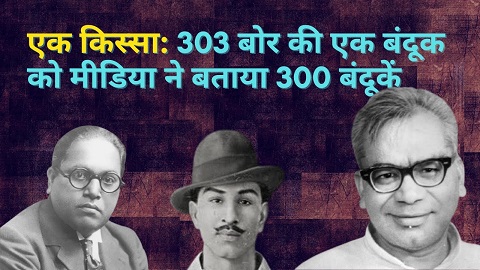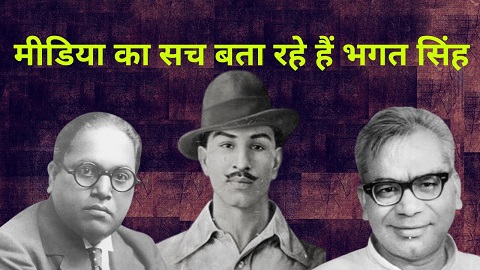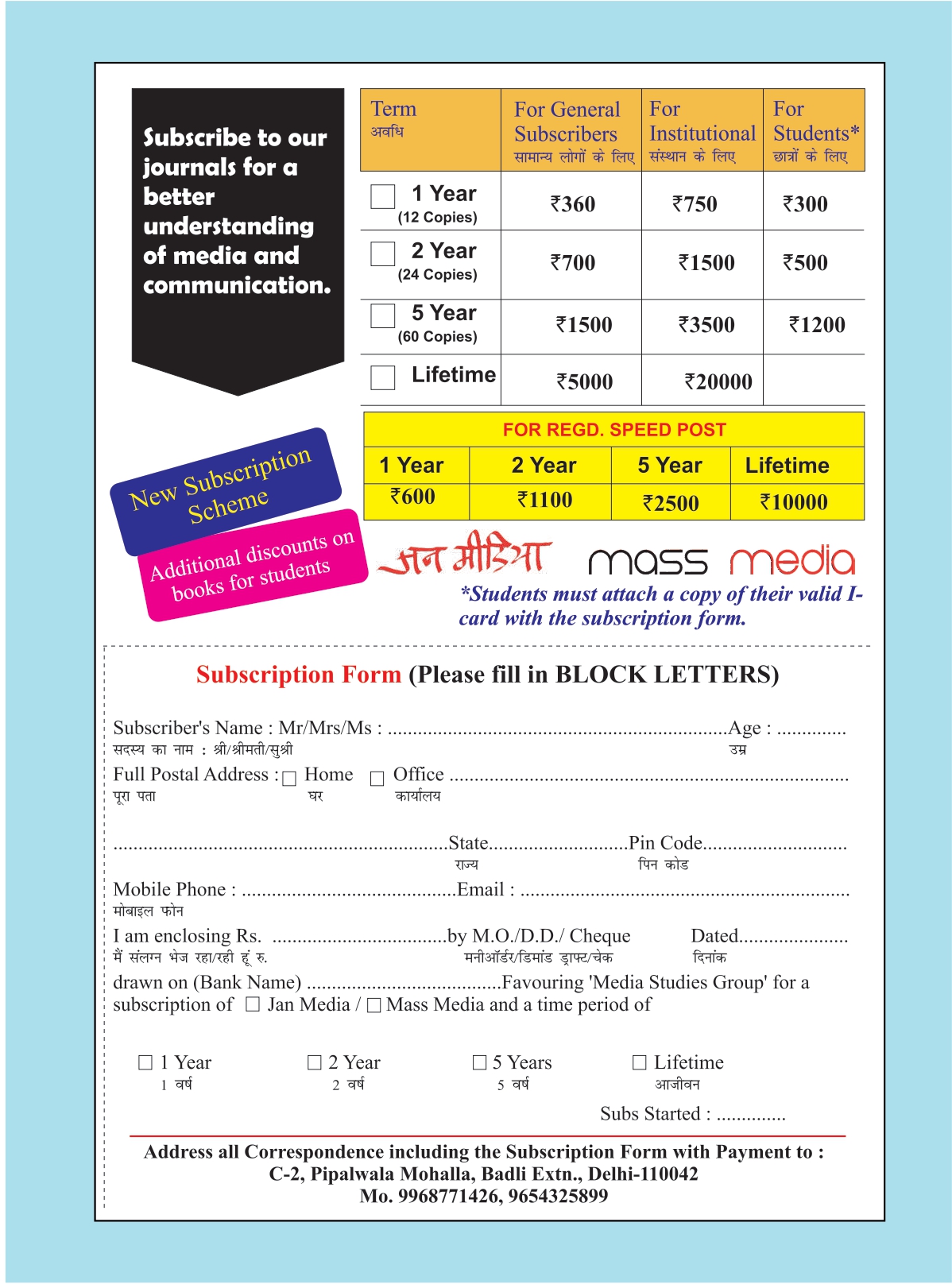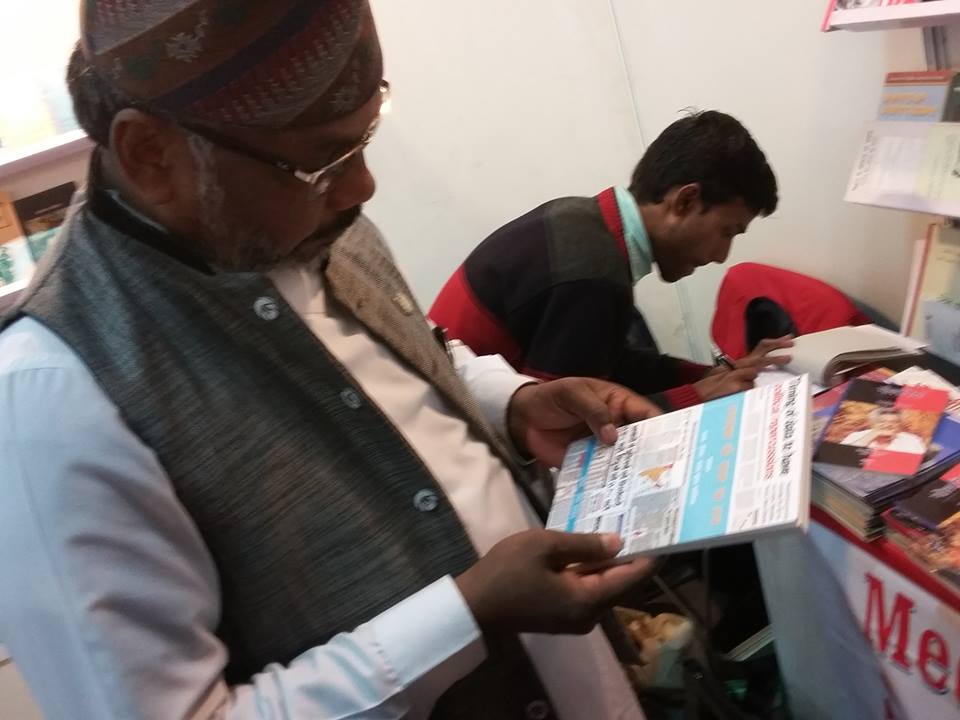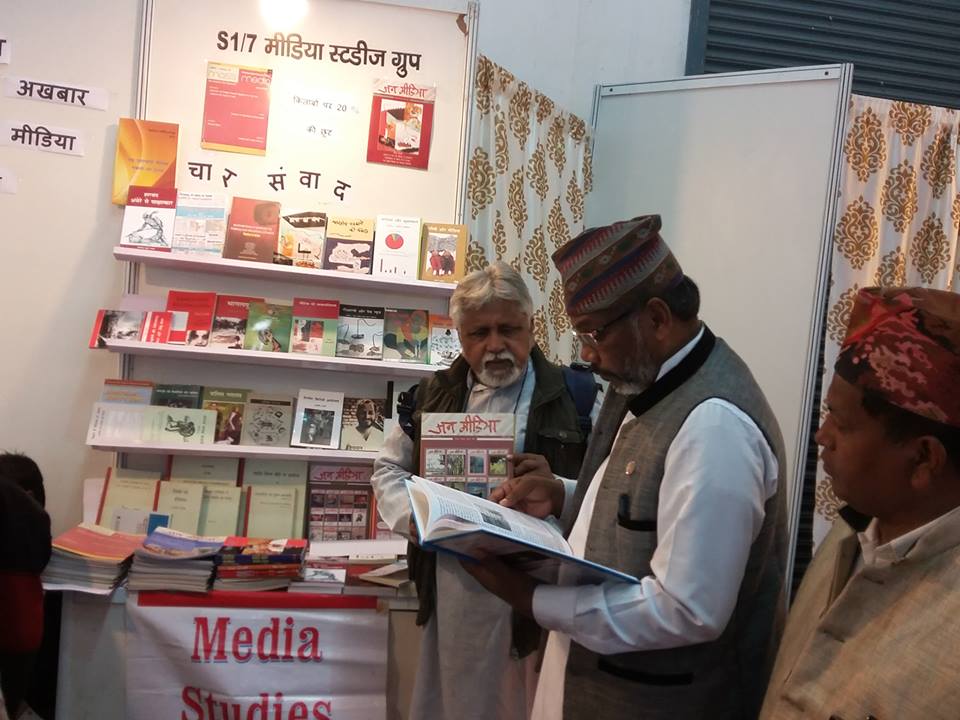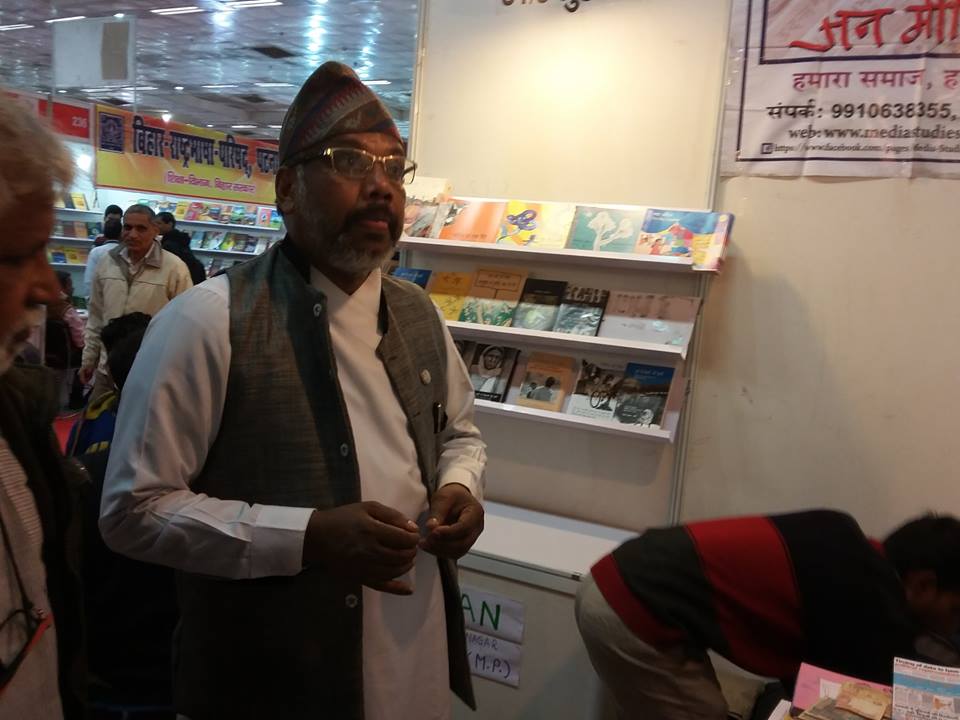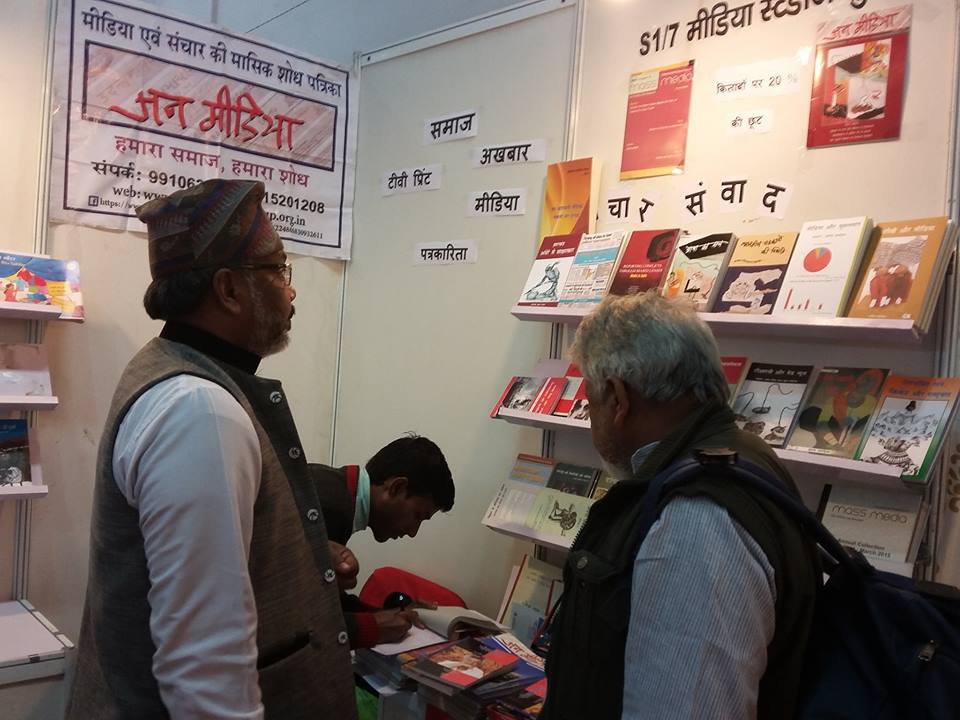Syed Irfan Ashraf
In the Pashtun Belt of Pakistan, the 24/7 TV channels apparently revamped the hierarchical bureau structure, but in reality the power dynamics worked the same old way. In this bureau model, 5–15 reporters would work for an outlet, depending on its electronic and print capacity. In the 24/7 model, however, not only reporters worked in bureaus but also assignment editors, producers and photojournalists in addition to cosmetic changes ranging from distinctive mike logos to news templates. These regional bureau offices, headed by a bureau chief, represented metropolitan-based media headquarters, but the salary of a bureau employee is lower than their counterparts in the national headquarters of the country. Bureau reporters, to make up for the deficiency, often do side gigs and some even use organizational resources like camera, footage and subordinate reporters for meeting personal ends. The responsibility in this set up rests on the bureau chief, who regulates the regional news network in which district reporters serve at the lowest end. District reporters are not a formal part of the bureau office, yet they are answerable to a bureau chief, a hierarchical attribute of the traditional news production structure that is put to use in the 24/7 model.
At the bottom of this hierarchy is a labor category called the video journalist, a role confined to Peshawar but no different than that of the district reporters in terms of low prestige in the model. Their salaries are a fraction of what a bureau reporter gets and they also have to work in subordination to the better-paid bureau reporters. Out of a total of around one hundred video journalists in Peshawar, only about forty were members of the PPC, a figure collected for this book in 2018. Almost all of the video journalists are young, between 18 and 30 years of age. In the quote below, I provide a glimpse into the life of a low-end bureau worker reporting on the “war on terror” at the peak of violence in Peshawar:
Every passing car was a ticking bomb […] I often thought of my glasses […] my only distinctive mark to help my family find my body […] I was worried […] I got 30,000 (US$ 300) from my media organization […] This monthly salary was not enough for my two daughters, one son and a wife […] I often thought what they would do after me.
What Aftab Ahmad shared in the quote above strikes a chord with almost every low-end worker whose home environment became similar to his tense office environment.
A car mechanic’s son, Ahmad started his first job working for a national TV channel earning 7,000 rupees (US$80) per month. He is popular among friends for his agile mind and quick responses, his occupational trademark. He worked day and night. “My wife once asked me where I go at night,” said Ahmad, “I told her to switch on the TV if I am not in bed.” He said that his face turned stiff every time he received a late-night office call.
Some alien power gets hold of me […] you just say “blast” and then see me jump […] my movement gets jittery […] even my own children get scared (of me) […] they often get aside telling me “Go papa go!”
Holding his working conditions responsible for a change in his body chemistry, Ahmad said that he attended scores of blasts and suicide bombings.
I see people […] in pieces […] half-dead […] half-alive […] crying for the help […] the smell of their burnt flash […] body fats littered on the walls and streets […] this is what I feel and imagine when I hear the word “blast.”
This partially explains Ahmad’s hypervigilance, a physical response to the precarious nature of his work. Even worse are other symptoms that result from this type of work, such as insomnia, fatigue and trauma. A bureau reporter shared an incident in which his cameraman collapsed shortly after he recorded a live Taliban execution of a local gangster. Instead of helping him, “other bureau reporters started laughing at the inexperienced young cameraman sweating and groaning with fear and pain,” said the reporter. Some of the respondents in this study did not know much about the health hazards of their work and wanted me to explain what I meant when I asked about the relationship between work conditions and mental health.
Growing terrorism around Peshawar provided bureau reporters with a chance to get what one bureau reporter called “dhamaka video” (explosive visuals). These sound bites invoked “Oh my God!” responses from audiences. Whether spontaneous or a part of a well-planned ritual, the economic value of such videos depended on their political significance and timings. For instance, a video concerning the Taliban torture against women carries more financial value at a time when Pakistan’s case of human rights abuses is being discussed on global forums.
In 2009, the Taliban had entered Swat and were marching on to get closer to the federal capital, Islamabad. Different global media outlets, in their screaming headlines, took it as a threat to stockpiles of Pakistan’s nuclear arms. Ahmad visited Swat Valley along with his bureau chief during these days. After locating the Taliban group, his bureau chief asked him to put his camera on recording mode. “I found the bureau chief sliding away,” said Ahmad, “leaving me worried, face-to-face (with the approaching Taliban).” The video journalist had been in such situations before and claimed to know how to handle the stress. One year before in 2008, Ahmad also had suffered the same fate. He snuck into tribal areas along with a group of bureau reporters to get the footage of a drone strike. His bureau colleague told him to get every visual at the site. He, following these instructions, panned his camera to get a few close and long shots of the Arab militants. Before the foreign militants could ask, he replaced the Digital Video Disk (DVD). Ahmad sold chunks of his work to Islamabad-based foreign wire services and got his share of US$200–US$300 for each such video.
Working in this way, Ahmad earned around US$2,000 each month, in addition to 30,000 rupees (US$300) from his national channel. After he established his own studio, he stopped making “dhamaka videos” and earned extra money by making commercial bridal films. But on that particular day in the Taliban’s Swat, his bureau chief pushed him to take the risk and left him alone. “Finding the Taliban getting too close,” he “did not have the time to replace the DVD.” As a last-ditch effort, he distracted the militants by enthusiastically sharing greetings with them: shaking hands and inquiring about their safety and simultaneously tightened his grip on his camera’s reverse button. What the Taliban found a while later on his camera shutter was an old press conference. “Thank God they were in a hurry,” he said. “I still get goosebumps when reminiscing about the Swat incident.” Ahmad reported the incident to the TV management in Karachi. Instead of taking action against the Bureau chief, Ahmad was terminated from his job.
Newsroom “directives and dictates” have wider implications for the Pashtun Belt. “Just imagine that we reported on the Taliban’s attack on female health workers […] what we (local reporters) knew as a disease (polio) was ignored […] but what we were asked to report on was terrorism,” said Mumtaz Bangash, a bureau chief in his early 40s working with a national TV network. Because the UN sponsored polio vaccinations in Pakistan, the Taliban’s strategy to invite global attention led them to attack female health workers. The commercial media use of organized violence as a fodder for attracting audiences, according to Bangash, reinforced the Taliban strategy of hitting at soft targets to achieve their terror ends.
The lexical choice of “directives and dictates” identifies the presence of authoritarian tendencies within media organizations, symbolizing widespread despondency on strident terrorism and shrinking space for all forms of expressions. Making use of journalistic forums, for instance, another respondent, Shamim Shahid, directly condemned the Taliban for attacking progressive political forces, especially the Awami National Party (ANP). “The suicide bomber asked for me before detonating himself inside the building,” said Shamim, who was PPC’s president in 2009 when the club was hit by a suicide bomber killing three people. Some bureau reporters in my interviews argued that the Taliban attack was the outcome of the club’s influential members’ nationalistic politics. “I am not a nationalist,” said Shamim. “I am a realist.” Rejecting the claims that he harbors nationalistic agenda, he said that he speaks the truth. “For truthful people,” he added, “journalism is like cracking stones and iron nuts […] our lives are at stake […] family is at risk.” While such serious concerns were widespread, not everything the bureau reporters said were gloomy.
The attention local journalism got was unprecedented in the initial years of the war. Scores of media support organizations flourished in Islamabad and Peshawar, documenting atrocities against journalists and extended them advocacy services at different levels. From manual designers to actual trainers, consultants, trauma experts and first aid trainers, capacity-building of the local journalists were the focus of this donor-driven service industry. While teaching market-based conflict resolution mechanisms, such training, providing free lodging and boarding, advocated a field reporter’s “non-partisan” role, which one bureau reporter defined as, “covering two sides of a story.” “Objectivity” was a buzzword the local reporters mentioned in their reply to my questions about details of such training. Alamgir Khan explained “objectivity” as a news practice that allows one “to tell the story clearly and neutrally.” Most of the respondents in this chapter did not believe market-driven approaches were practical, yet they kept on attending these events in the hope of learning something new from capitalization of the consequences of war.
( Pakistan based writer Syed Irfan Ashraf have sent this which is a part of his published book -The Dark Side of Journalism
, The Culture and Political Economy of Global Media in Pakistan and Afghanistan written)


